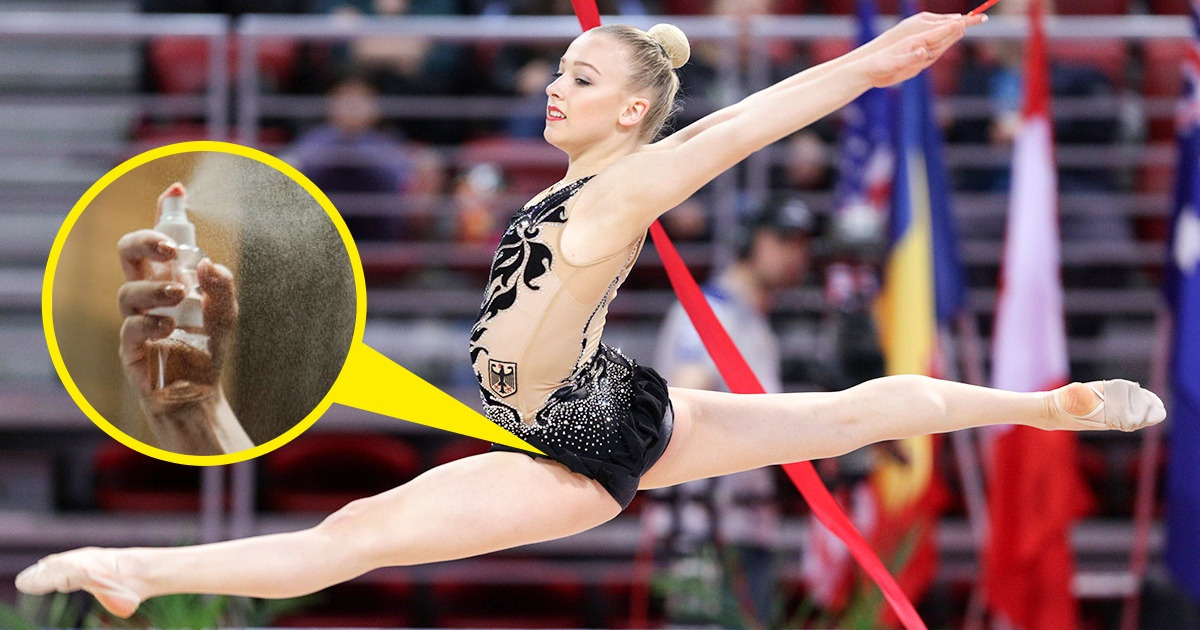Gymnastics is a sport that blends elegance, precision, and athleticism in performances that captivate audiences worldwide. While the routines showcased during competitions are breathtaking, the journey of a gymnast and the intricacies of the sport extend far beyond the spotlight. Below, we delve into ten fascinating aspects of gymnastics that shed light on its unique demands and lesser-known realities.
1. The Role of Height in Gymnastics

While it’s a common belief that shorter gymnasts have a natural advantage, the relationship between height and gymnastics success is more nuanced. Shorter athletes often benefit from a favorable strength-to-weight ratio, allowing them to execute complex rotations and flips with greater efficiency. However, height doesn’t dictate success. Each gymnast, regardless of stature, adapts their style and technique to optimize their performance. Furthermore, different forms of gymnastics, such as rhythmic or artistic, showcase diverse physiques, proving that talent and training surpass physical dimensions in determining excellence.
2. Strict Protocols Beyond the Mat

The art of gymnastics extends beyond skillful routines to include strict adherence to competition protocols. Gymnasts are assessed not only on their technical execution but also on their behavior and respect for competition rules. For example, athletes must follow specific gestures, acknowledge judges respectfully, and maintain professional decorum throughout. These non-verbal cues reflect the discipline that defines gymnastics, illustrating that performance excellence goes hand in hand with sportsmanship.
3. The Evolution of Gymnastics Apparel
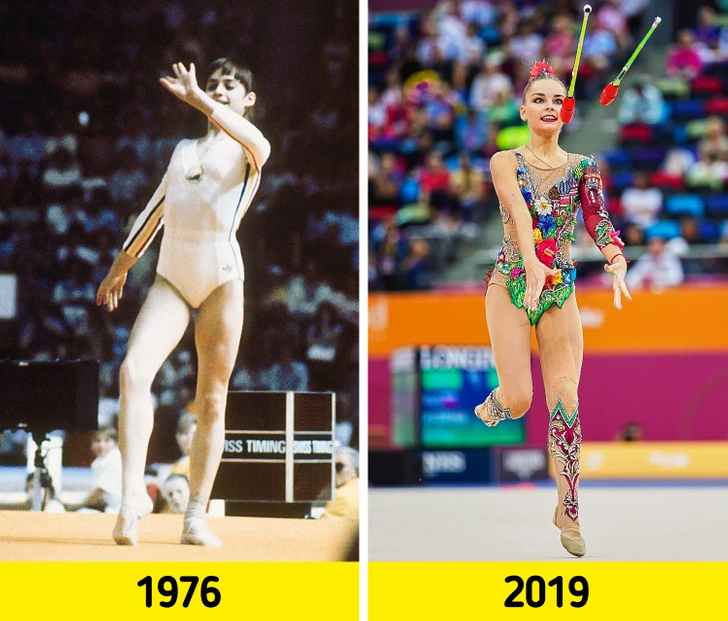
The leotards worn by gymnasts today are a far cry from the simpler designs of decades past. As the sport has evolved, so too have its outfits, which now feature advanced fabrics and cutting-edge designs. These garments are tailored to support athletic performance, offering comfort, flexibility, and durability. Additionally, the dazzling colors and intricate patterns reflect the artistic nature of gymnastics, complementing an athlete’s movements and creating a visual spectacle that captivates audiences.
4. Importance of Grooming and Appearance

In gymnastics, attention to detail extends to every aspect of appearance. Hairstyles, for example, must be functional and secure, ensuring that hair doesn’t obstruct vision or cause safety concerns during routines. Jewelry, too, is strictly regulated, with most forms prohibited to avoid potential injury. These meticulous standards emphasize that even the smallest details can contribute to or detract from an athlete’s performance.
5. Lifelong Training and Discipline
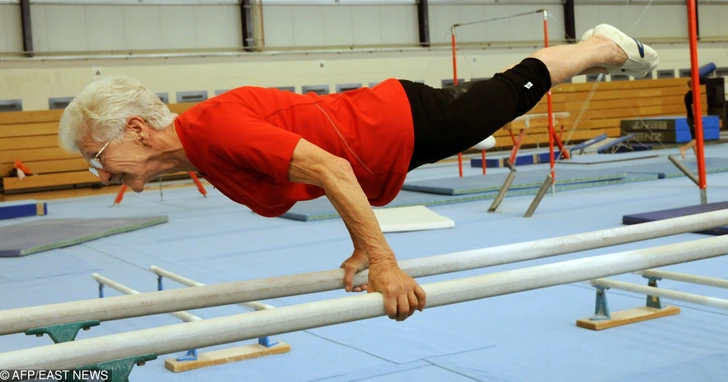
Gymnasts often begin training at a very young age, dedicating years to mastering their craft. The physical demands of the sport require a level of conditioning that persists even after retirement. Many gymnasts continue to engage in regular exercise and training, finding that the discipline ingrained in them during their careers remains a lifelong practice. This enduring commitment reflects the profound impact that gymnastics has on both the body and the mind.
6. Calluses as Tools of the Trade
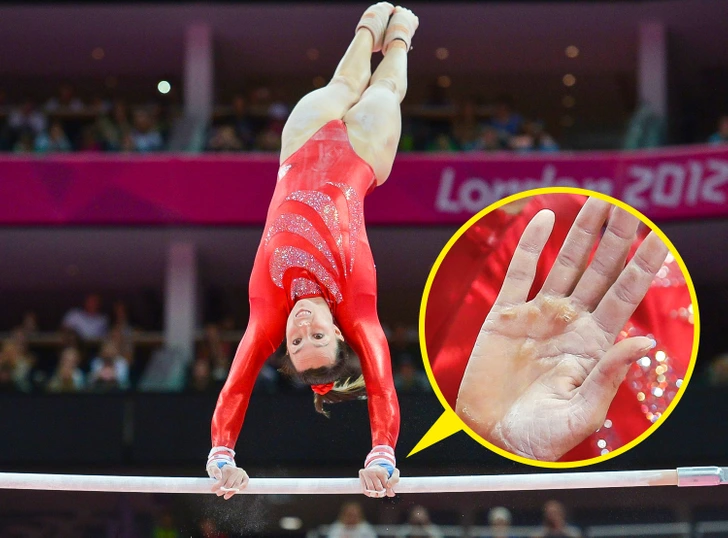
For most people, calluses are minor nuisances, but for gymnasts, they serve a vital purpose. These toughened patches of skin develop as a natural response to repeated friction from apparatus like bars or rings. They provide protection and reduce discomfort, becoming an essential part of a gymnast’s toolkit. Additionally, the presence and condition of calluses can signal areas that require adjustment in technique, offering valuable insights into performance.
7. Visualization: A Mental Edge

Gymnasts rely heavily on mental preparation to excel under pressure, and visualization is a cornerstone of this strategy. By mentally rehearsing routines, athletes refine their skills, build confidence, and mitigate anxiety. Visualization allows gymnasts to perfect their timing, spatial awareness, and muscle memory without physical strain, making it a powerful tool in their arsenal.
8. Limited Control Over Attire
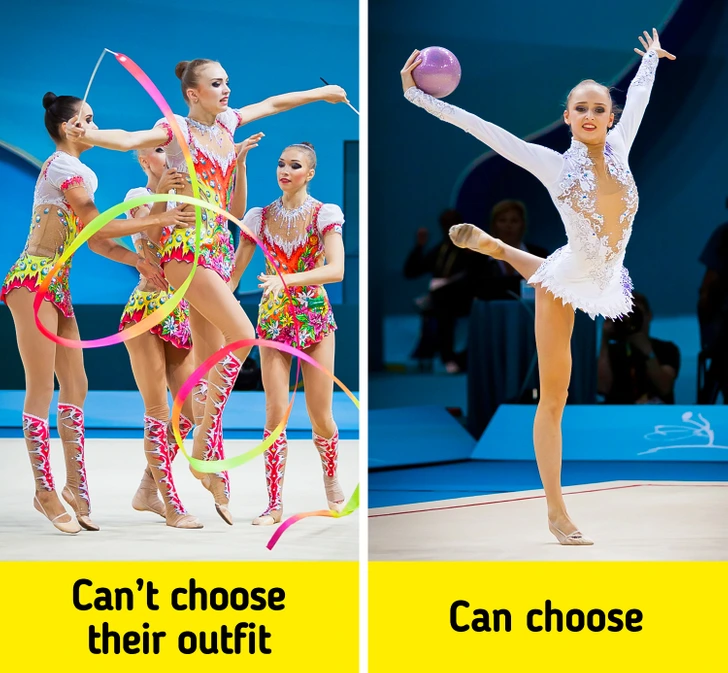
While gymnastics leotards are known for their vibrant designs, individual athletes often have limited say in their competition attire. For team events, uniforms are selected to ensure consistency and alignment with competition standards. This practical approach underscores the collaborative nature of gymnastics, where personal expression often takes a backseat to team cohesion and the demands of the sport.
9. Adhesives for Wardrobe Security
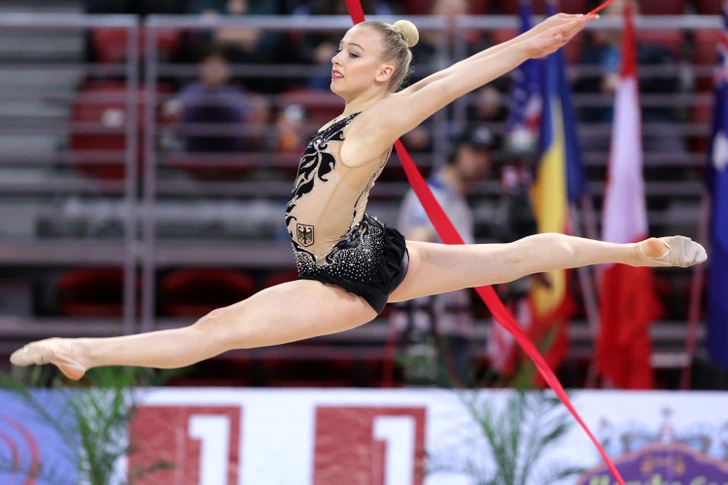
Wardrobe malfunctions can be a gymnast’s worst nightmare, and athletes go to great lengths to avoid them. One common tactic is the use of adhesives to keep leotards in place during high-energy routines. This behind-the-scenes detail reveals the meticulous preparation that goes into every performance, ensuring that athletes can focus on their routines without distractions or mishaps.
10. Persevering Through Pain
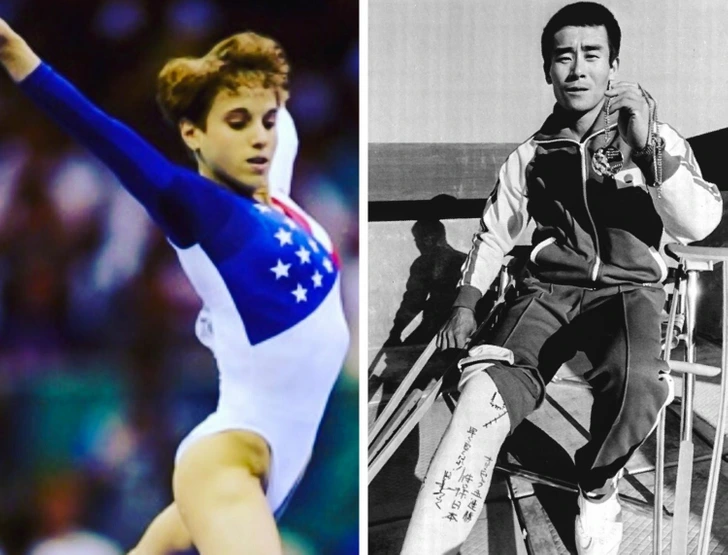
The physical and mental toughness of gymnasts is unparalleled. History is filled with examples of athletes performing through injuries, driven by their dedication to their craft and their teams. While this resilience is admirable, it also highlights the intense pressures gymnasts face to meet expectations and deliver flawless performances. The ability to push through pain and adversity is a testament to the unwavering determination required in the sport.
A Multifaceted Sport
Gymnastics is far more than the stunning routines and artistic displays seen on the competition floor. It’s a sport that demands an intricate balance of physical skill, mental fortitude, and unyielding discipline. From the precision of their movements to the thoughtfulness behind every aspect of their preparation, gymnasts embody the spirit of excellence and perseverance. These lesser-known insights offer a deeper appreciation for the athletes who make this sport a celebration of strength and beauty.
